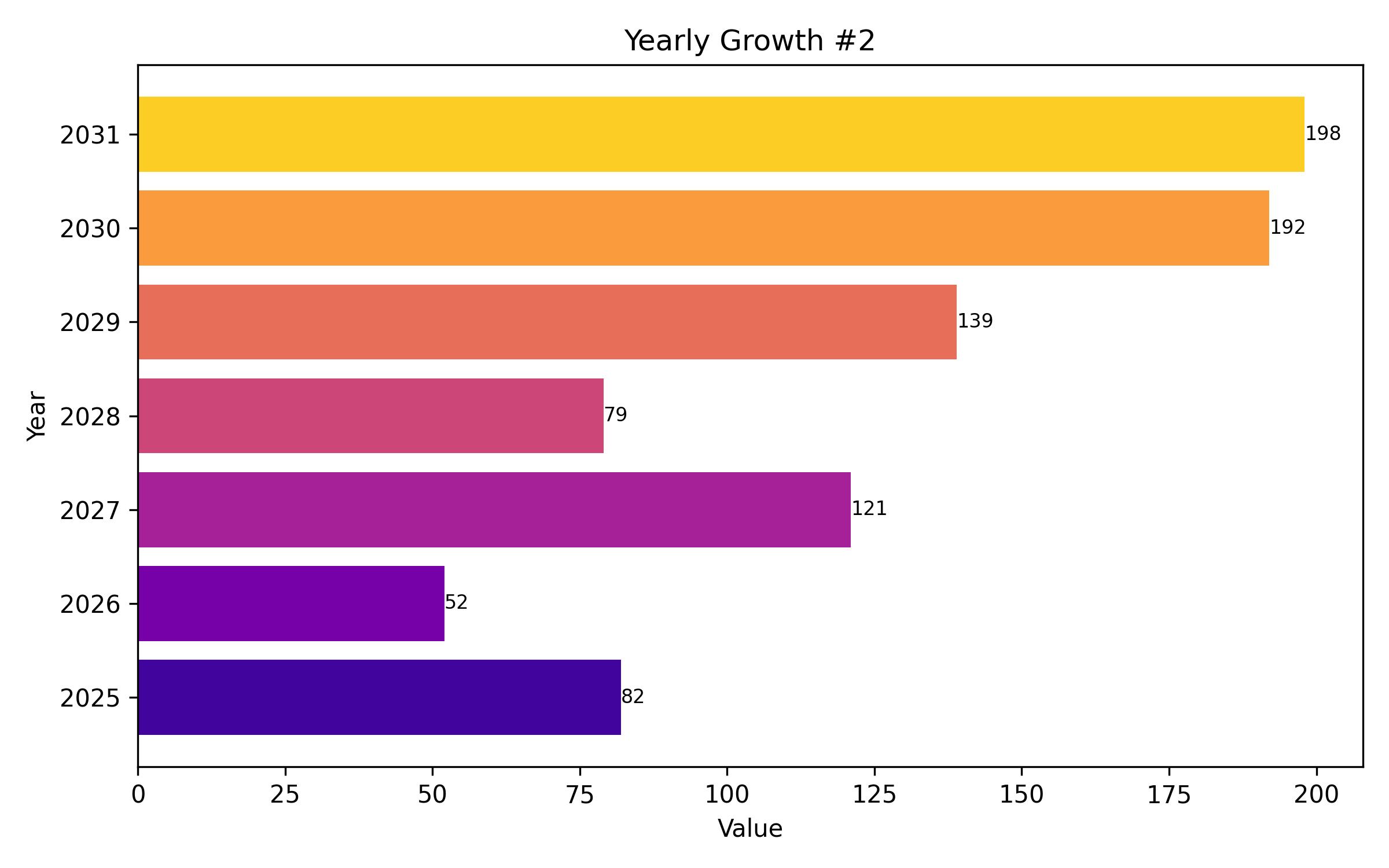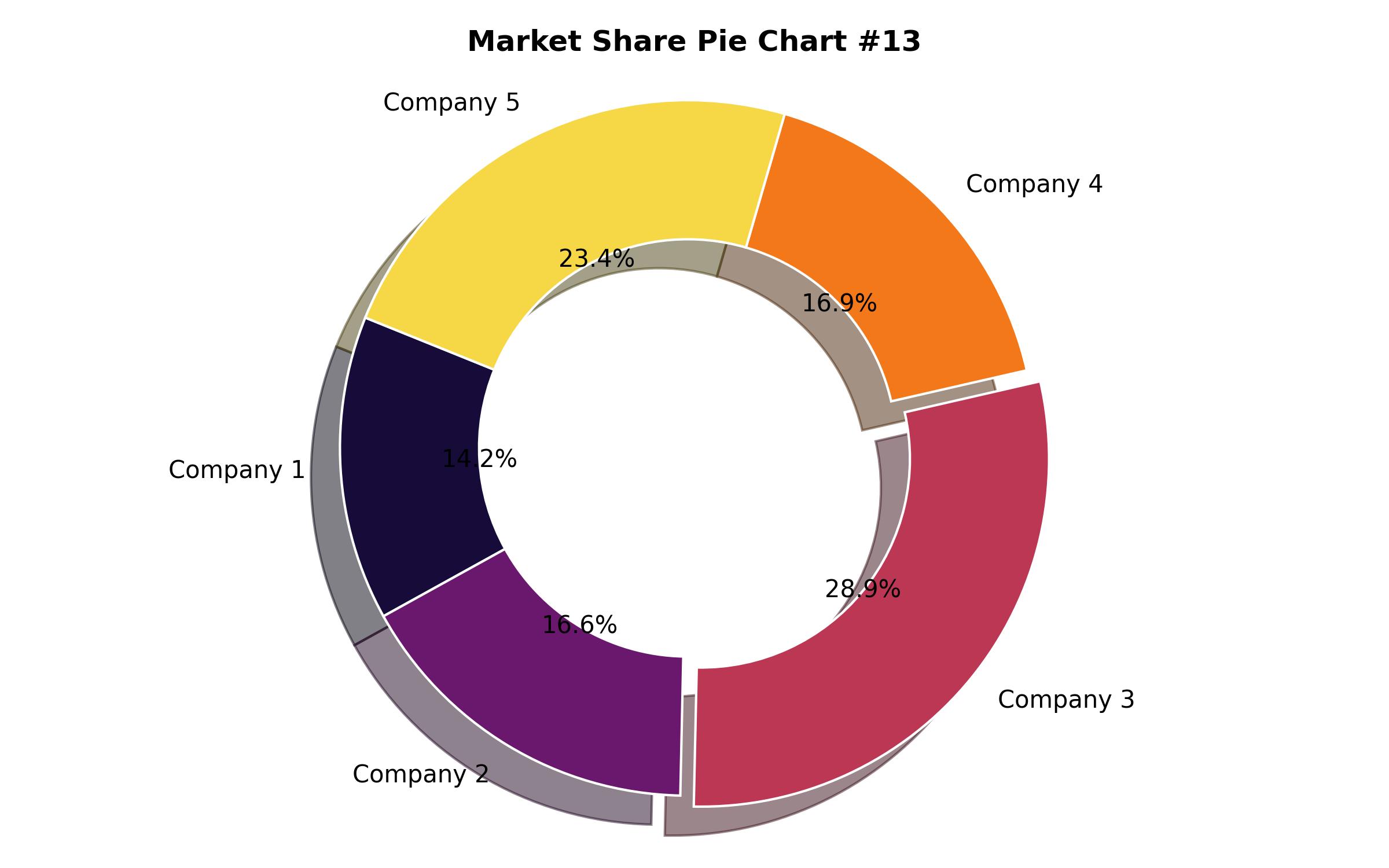Comprehensive Analysis of the South Korea Banana Flour Market: Growth Trends, Consumption Patterns, and Future Outlook (2025-2035)
Overview:
Korea’s banana flour sector is set to reach USD 6.4 million in valuation during 2025 and is projected to achieve USD 11.3 million by 2035. This trajectory represents a notable compound annual growth rate (CAGR) of 6.5% over the forecast period. Expansion within this market is directly correlated with shifts in consumer preferences and an increasing national focus on health and well-being.
A significant driver for this growth is heightened health consciousness among the Korean population. As individuals become more attune to the advantages of natural, gluten-free, and health-promoting ingredients, the appeal of banana flour continues to rise. Valued for its starch content and prebiotic properties, it is increasingly recognized for its potential contributions to gut health, weight management, and overall dietary quality.
The growing demand for gluten-free and allergen-free food options is another crucial factor contributing to the market’s momentum. With a rising number of Koreans addressing gluten intolerance or choosing gluten-free lifestyles, there’s a substantial need for effective alternative ingredients. Banana flour, by nature, is gluten-free, making it an ideal substitute for wheat flour in baking and food preparation and driving its adoption among individuals seeking specialized dietary alternatives.
Furthermore, the increasing popularity of plant-based eating habits is significantly influencing the market. As more Korean consumers gravitate towards vegan or plant-centric diets, banana flour serves as a versatile plant-derived component suitable for a wide array of vegan applications, from beverages to convenience foods. The market is adapting to these changes by providing nutritional, plant-based flour alternatives to conventional options.
The market is also benefiting from greater awareness of food sustainability and waste reduction. Produced from bananas that might otherwise be discarded, banana flour aligns with consumer values related to environmental responsibility and waste minimization. This aspect enhances its appeal among eco-conscious consumers.
Innovation in product formulations and expanded distribution channels are also playing a vital role. Manufacturers are developing new banana flour-based products and expanding commercial availability through various retail and online platforms, making it more accessible to a broader consumer base across Korea.
Government initiatives promoting healthier eating and supporting domestic agricultural practices could further stimulate the growth of the market by encouraging the use of locally sourced ingredients and healthy food alternatives. The regulatory environment continues to evolve, potentially impacting import pathways and domestic production standards.
Overall, the Korea banana flour market’s growth is underpinned by a confluence of factors: increasing health awareness, the demand for allergen-friendly foods, the rise of plant-based diets, sustainability trends, product innovation, and expanding accessibility.

| Report Attribute | Details |
|---|---|
| Market Size in 2025 | USD 6.4 million |
| Revenue Forecast for 2035 | USD 11.3 million |
| Growth Rate (CAGR) | 6.5% from 2025 to 2035 |
| Base Year for Estimation | 2024 |
| Historical Data | 2019 – 2023 |
| Forecast Period | 2025 – 2035 |
| Quantitative Units | Revenue in USD million/billion and CAGR from 2025 to 2035 |
| Report Coverage | Revenue forecast, company market share, competitive landscape, growth factors, and trends |
| Covered Segments | Source, Application, Distribution Channel, and Region |
| Regional Scope | Seoul, Busan, Incheon, Daegu, Other Cities |
| Country Scope | South Korea |
| Key Companies Analyzed | Kaffa Int Co., Ltd., Let’s Do Organic, NuNatural Inc., Zuvii, NOW Health Group Inc., Natural Evolution, Ceres Enterprises Ltd, Diana Foods, International Agriculture Group, ADM Wild Europe GmbH & Co., KADAC Pty Ltd |
| Customization Options | Free report customization (up to 8 analysts working days) with purchase. Changes to country, regional, and segment scope |
| Pricing and Purchase Options | Customizable purchase options for tailored research needs |

Report Coverage & Deliverables
- Market Trends And Dynamics
- Competitve Benchmarking
- Historical data and forecasts
- Value/Volume analysis
- Company revenue shares and key strategies
- Regional opportunities
This is an indicative segmentation. Please request a sample report to see detail segmentation of this market.
Detailed Market Segmentation
- By Source
- Organic
- Conventional
- By Application
- Baking
- Food Processing
- Beverages
- Home Cooking
- Pet Food & Animal Feed
- By Distribution Channel
- Direct Sales
- Indirect Sales
- Online Retail
- Specialty Stores
- Supermarkets & Hypermarkets
- Other Retailers
- By Region
- Seoul
- Busan
- Incheon
- Daegu
- Other Cities
Table of Content
- Executive Snapshot
- Market Overview
- Key Market Trends
- Key Success Factors
- Market Demand Analysis 2019 to 2023 and Forecast, 2025 to 2035
- Market – Pricing Analysis
- Market Demand (in Value or Size in USD Million) Analysis 2019 to 2023 and Forecast, 2025 to 2035
- Market Background
- Market Analysis 2019 to 2023 and Forecast 2025 to 2035, Based on Source
- Organic
- Conventional
- Market Analysis 2019 to 2023 and Forecast 2025 to 2035, Based on Application
- Baking
- Food Processing
- Beverages
- Home Cooking
- Pet Food & Animal Feed
- Market Analysis 2019 to 2023 and Forecast 2025 to 2035, Based on Distribution Channel
- Direct Sales
- Indirect Sales
catering to various points of sale
- Seoul
- Busan
- Incheon
- Daegu
- Other Cities
